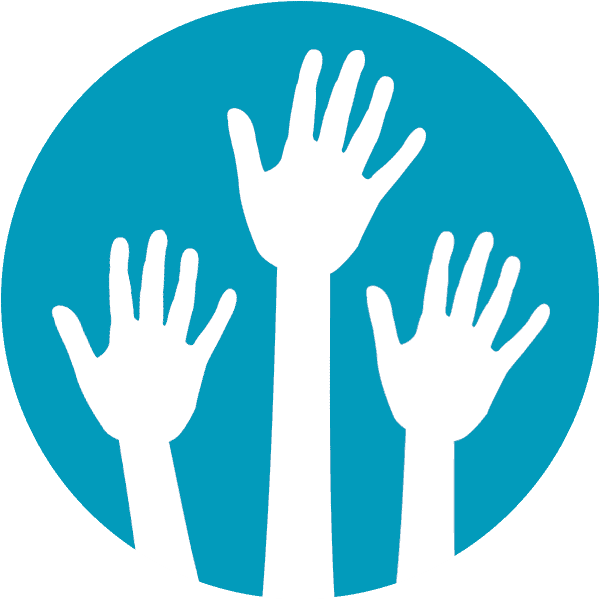Template
What is Dystonia?
Dystonia is characterized by persistent or intermittent muscle contractions causing abnormal, often repetitive, movements, postures, or both. The movements are usually patterned and twisting, and may resemble a tremor. Dystonia is often initiated or worsened by voluntary movements, and symptoms may “overflow” into adjacent muscles. Dystonia is classified by: 1. clinical characteristics (including age of onset, body distribution, nature of the symptoms, and associated features such as additional movement disorders or neurological symptoms) and 2. Cause (which includes changes or damage to the nervous system and inheritance). Doctors use these classifications to guide diagnosis and treatment.
There are multiple forms of dystonia, and dozens of diseases and conditions may include dystonia as a symptom. Dystonia may affect a single body area or be generalized throughout multiple muscle groups. Dystonia affects men, women, and children of all ages and backgrounds. Estimates suggest that no fewer than 300,000 people are affected in the United States and Canada alone. Dystonia causes varying degrees of disability and pain, from mild to severe. There is not yet a cure, but multiple treatment options exist and scientists around the world are actively pursuing research toward new therapies.
Although there are several forms of dystonia and the symptoms may outwardly appear quite different, the element that all forms share is the repetitive, patterned, and often twisting involuntary muscle contractions. Dystonia is a chronic disorder, but the vast majority of dystonias do not impact cognition, intelligence, or shorten a person’s life span.
How is dystonia diagnosed?
At this time, there is no single test to confirm the diagnosis of dystonia. Instead, the diagnosis rests in a physician’s ability to observe symptoms of dystonia and obtain a thorough patient history. In order to correctly diagnose dystonia, doctors must be able to recognize the physical signs and be familiar with the symptoms. In certain instances, tests may be ordered to rule out other conditions or disorders. The kind of specialist who typically has the training to diagnose and treat dystonia is a movement disorder neurologist.
The dystonia diagnostic process may include:
- Patient history
- Family history
- Laboratory studies such as blood and urine tests, and analysis of cerebrospinal fluid
- Electrical recording techniques, such as electromyography (EMG) or electroencephalography (EEG)
- Genetic testing for specific forms of dystonia
- Other tests and screenings intended to rule out other conditions or disorders



